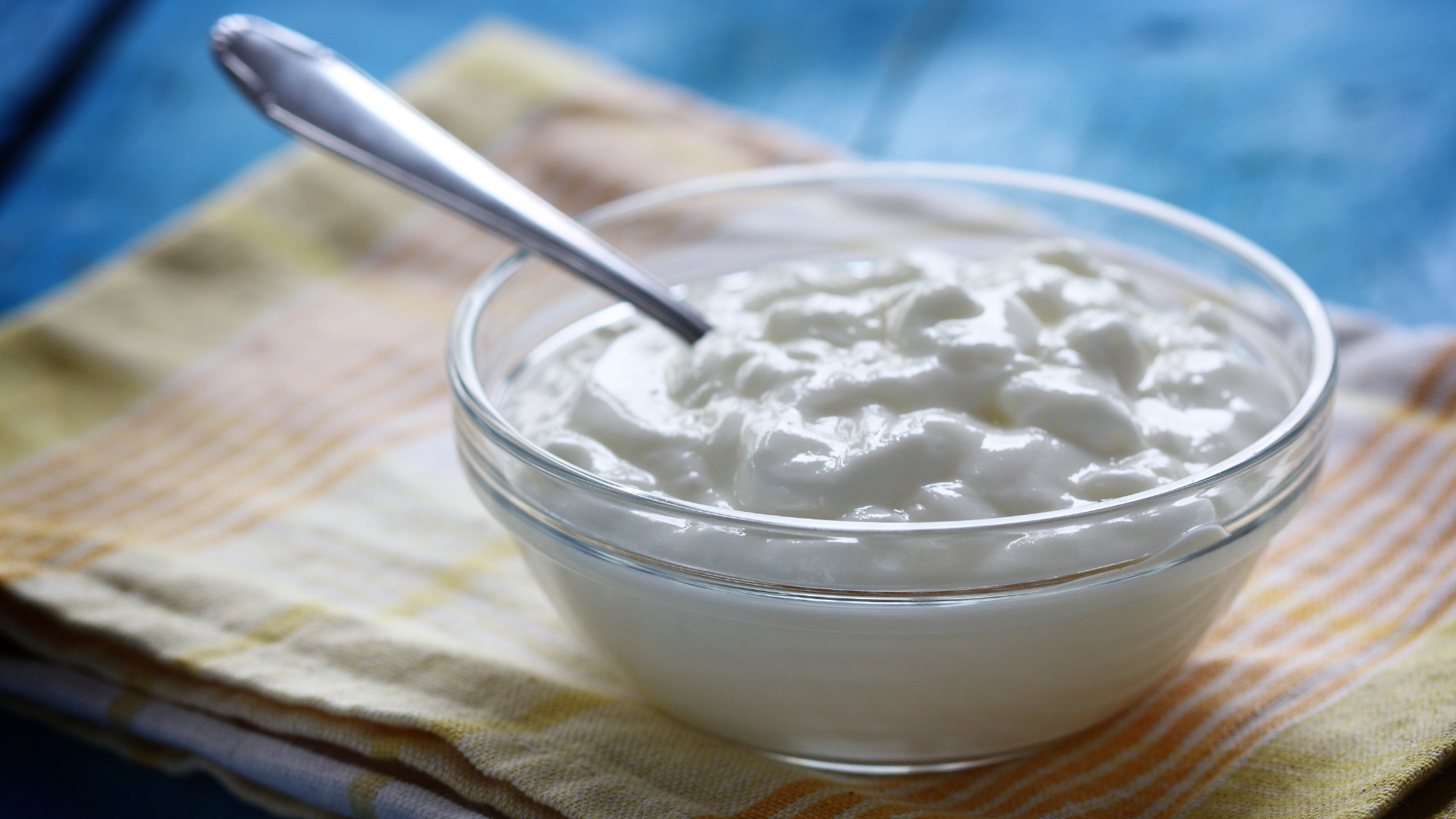
Curd, also known as yogurt or dahi, has been a part of traditional diets in India and many other cultures for centuries. It's not just a refreshing accompaniment to meals — it's a powerhouse of nutrients and probiotics.
Let’s explore the top health benefits and also uncover some lesser-known side effects of curd consumption.
Table of Contents
Top Health Benefits of Curd
1. Boosts Gut Health
Curd contains live bacteria (probiotics) that improve digestion, balance the gut flora, and prevent issues like constipation and bloating.
2. Enhances Immunity
The probiotics in curd strengthen the immune system by fighting harmful bacteria in the gut and promoting better nutrient absorption.
3. Strengthens Bones and Teeth
Curd is rich in calcium, phosphorus, and vitamin D — all essential for bone health and preventing osteoporosis.
4. Improves Heart Health
Low-fat curd helps regulate cholesterol levels and may reduce high blood pressure due to its potassium content.
5. Aids in Weight Loss
High in protein and low in carbs, curd keeps you fuller for longer and supports muscle mass during weight management.
6. Good for Skin and Hair
When applied externally, curd acts as a natural moisturizer and cleanser. It also soothes sunburn and promotes shiny hair.
Hidden Side Effects of Curd
While curd is largely beneficial, excessive or improper consumption can lead to issues:
1. May Aggravate Cough and Cold
Eating curd, especially at night or in cold weather, may worsen symptoms of cold and respiratory issues for some individuals.
2. Not Ideal for Lactose Intolerant People
Although curd has less lactose than milk, it can still cause bloating, gas, or discomfort in sensitive individuals.
3. Acidity Trigger
In some people, curd might increase acidity or cause heartburn, particularly if consumed with spicy or oily foods.
4. Avoid Mixing with Certain Foods
Combining curd with fish, onions, or sour fruits may disturb digestion or create toxins (as per Ayurvedic principles).
How to Eat Curd Correctly
To get the most out of curd without inviting side effects, follow these simple tips:
1. Eat During the Day
Curd is best consumed in the daytime, especially during lunch. Avoid eating it at night, as it may increase mucus and trigger cold-like symptoms.
2. Prefer Room Temperature or Slightly Warmed Curd
Cold curd from the fridge may disturb digestion. Let it sit outside for a few minutes before eating.
3. Combine with Rice or Chapati
Curd with plain rice or whole wheat chapati makes a balanced and soothing meal, especially in hot weather.
4. Avoid with Non-Veg or Sour Fruits
Don’t pair curd with fish, meat, citrus fruits, or sour foods to avoid digestive imbalance.
5. Use in Smoothies or Raitas
Blend curd with fruits (like banana or mango) or add it to raitas with mild spices for a delicious probiotic boost.
6. Homemade is Best
Whenever possible, opt for fresh, homemade curd over packaged versions for maximum probiotic benefits and no preservatives.
Curd is a natural superfood — but like everything, moderation and timing are key. Consume it smartly and mindfully to enjoy its full spectrum of health, beauty, and digestion-related benefits.


